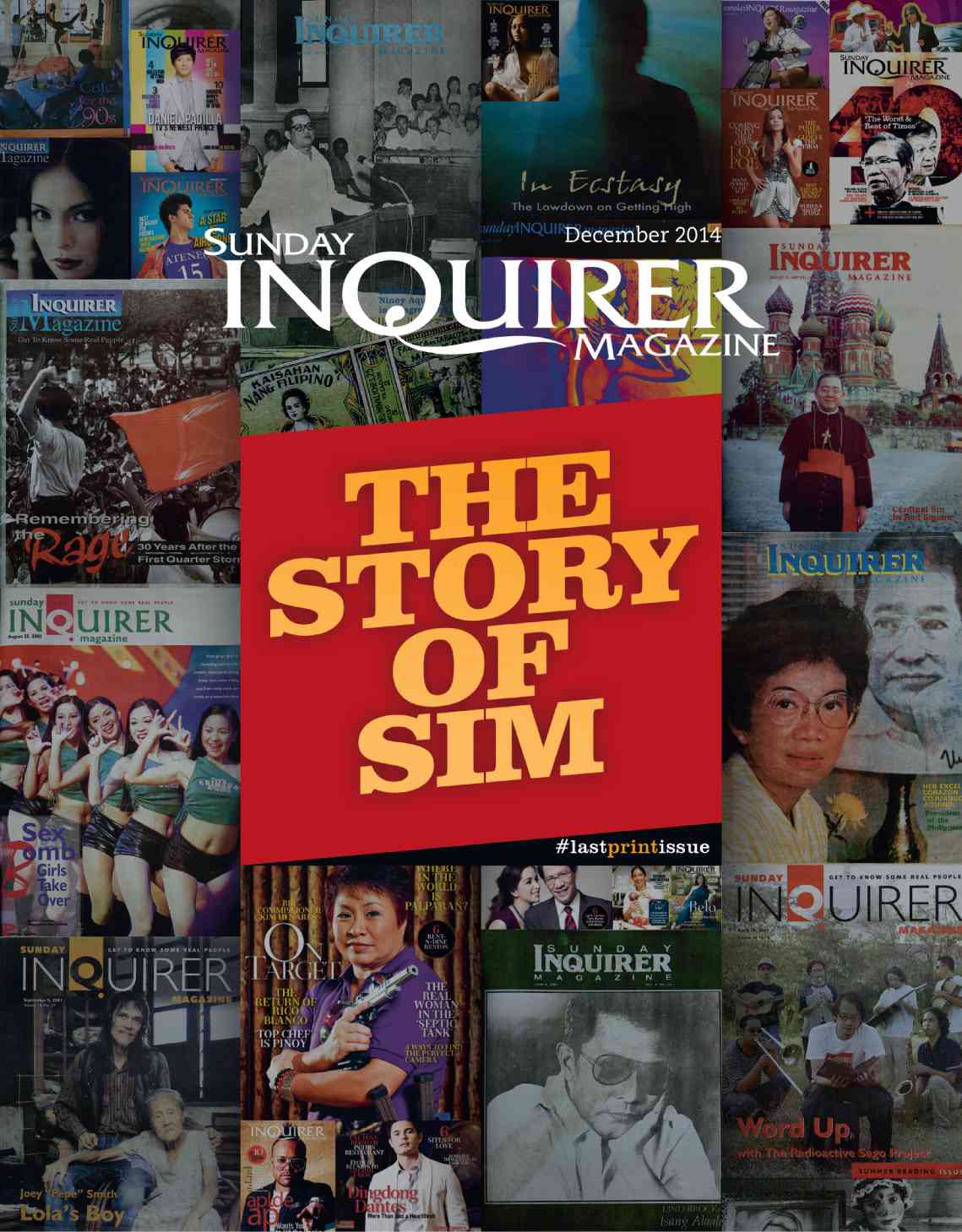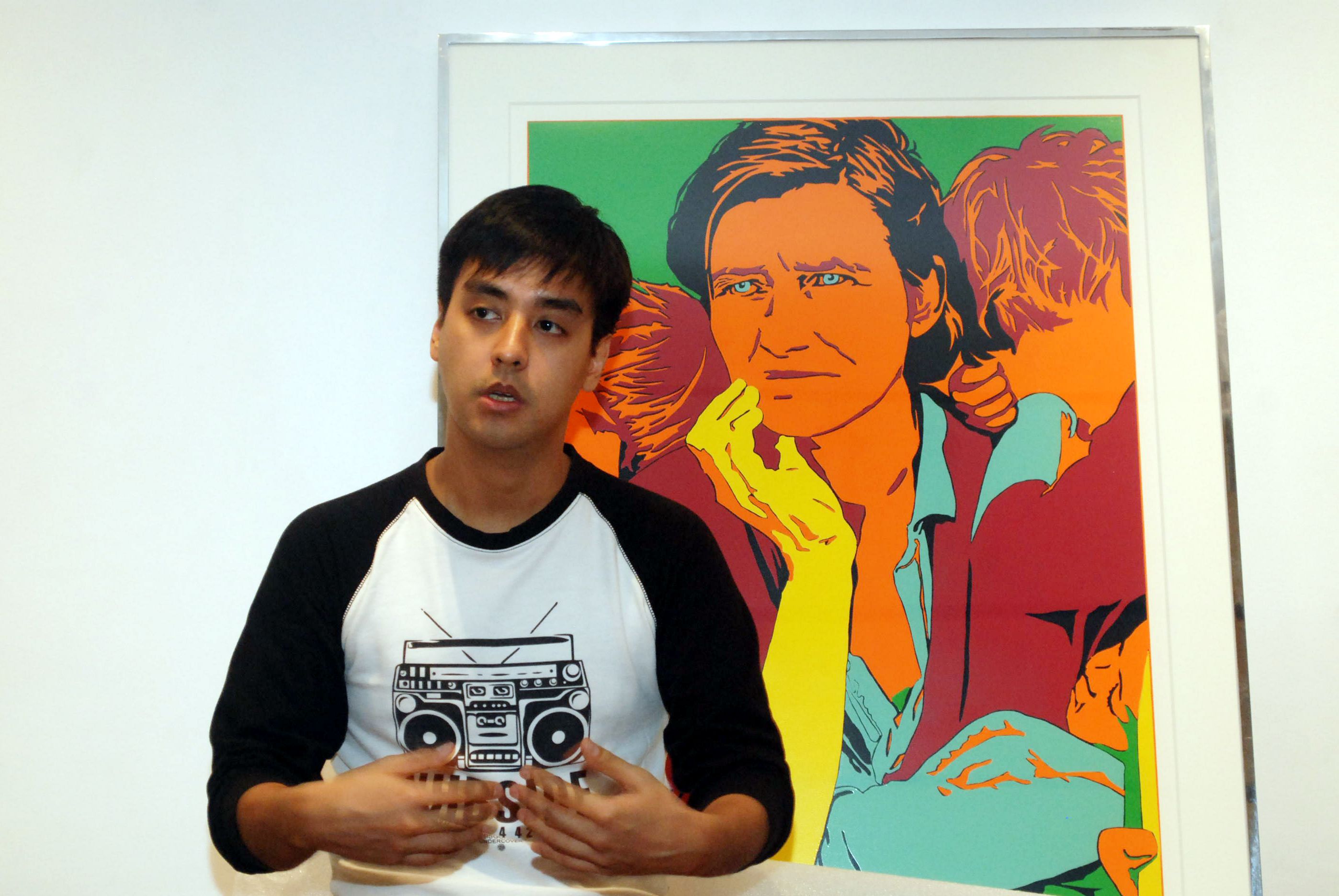It used to be dismissed as a relic, a casualty of the compact disc, but those black flat vinyl discs formerly known as LPs (for long-playing) are back.
In fact, vinyl sales at Amazon have been steadily climbing, with a record 745 percent growth since 2008. Elsewhere, sales are projected to increase by 30 percent in 2013, according to Stereophile and Analog Planet editor Michael Fremer. “It’s definitely growing and it will continue to grow,” he adds.
Even Hollywood has been enthusiastically celebrating both the turntable and the vinyl by way of movies and television. Jack Harper (Tom Cruise) in “Oblivion” (2013) plays a vinyl copy of “A Whiter Shade of Pale” by Procul Harum. In “Warm Bodies” (2013) the zombie “R” (Nicholas Hoult) plays “Missing You” by John Waite because “they sound warm.” And “Iron Man 3” (2013) features a high-end turntable playing Joe Williams’ “Jingle Bells” on Tony Stark’s command to “drop the needle.”
TV series are not to be outdone. Walter Bishop (John Noble) in “Fringe” has a vintage turntable in his lab. “Suits”’ Harvey Specter (Gabriel Macht) has a wall of vinyl records, and “House, M.D.” portrays the lead character (Hugh Laurie) as an audiophile comfortable with both an iPod and a turntable.
Apparently, the vinyl resurgence applies to the local music scene as well despite the scourge of piracy, as had been proven by the recent November Hi Fi Show at the Dusit Hotel.
So, what’s behind the interest in vinyl in this age of iPod and convenient downloading from the Net? Eight main reasons, it turns out.
The ritual
Listening to a vinyl record involves a ritual that engages virtually all five senses. Robert Crespo of Crossover 105.1 vividly remembers a surreal experience dining with the jazz pianist great, David Benoit. Towards the end of the dinner, Crespo brought out his prized sealed copy of “Urban Daydreams” to ask Benoit to sign it. Instead of signing the record right away, the jazz pianist took his time gazing at the album cover before perusing the details on the back. Then, like a seasoned vinyl collector, he used his thumbnail to unseal the record.
Before he pulled out the record, he took a long, slow whiff of the vinyl with his eyes closed, the way a wine connoisseur does before sampling the wine. This is the exact context of film and music video director Marie Jamora’s words when she says that listening to vinyl is more “organic compared to listening to CDs.” The tactile element of the LP engages the listener in a way that the MP3 or the CD cannot.
The sound quality
Vinyl enthusiasts swear by the sound quality of vinyl records.
Broadcast journalist Julius Babao cites “the clarity of the recording” as a critical factor behind his passion for vinyl. “I find the sound of CD or MP3 recordings too sharp and hard. Music recorded on vinyl sounds as if it has a life. The bass and treble sound fuller… more natural,” notes the veteran journalist.
Much however depends on the quality of the gear or hardware that you’re playing the record on. As rock icon Ely Buendia of Pupil has discovered: “I was finally able to find a turntable that I really liked… It was only recently that I (discovered) for myself that the sound quality really was a far cry from all the other formats.”
Jamora recalls how the sound produced by a live band in some settings could actually pale in comparison to the sound of vinyl. One such experience involved The Diegos playing a 29-year-old vinyl pressing of “Thieves Like Us” by New Order off their “Substance” album right after a band performance at Route 196.
For some reason, the sound quality of the vinyl recording proved to be worlds ahead of the live music.
Film director Robert Quebral describes the unique sound quality of vinyl as “a natural progression from the usual digital format… The vinyl format is the next step.”
The artwork
And then there is the artwork which cannot be appreciated on CD format as much as it can be relished on vinyl albums, given the significant difference in dimensions or scale.
Boy Bustamante, a 30-year graphics arts veteran, remembers buying vinyl records on the strength of the artwork. He mentions “Abraxas” by Santana whose artwork is by Mati Klarwein; “Velvet Underground” with the now-famous banana artwork by Andy Warhol; “Beggars’ Banquet” by the Rolling Stones with its 3D design cover, the Led Zep covers with die cuts, and “Live at Fillmore East” by the Allman Brothers Band.
Social realist painter Elmer Borlongan agrees. He remembers buying “Brain Salad Surgery” by Emerson, Lake and Palmer without even bothering to check if the album is a superb sonic experience.
Says broadcast journalist Jay Taruc: “Vinyl, for me, has better packaging. That 12” x 12” album sleeve with the cover art, pictures, graphics, information sheet-liner notes, and other physical and visual element is a very big plus… that allows you to experience and physically hold the end product of an artist or a band. (And you marvel at) the creative process they go through to actually produce it. The vinyl record somehow represents all that.”
Long before he put up Terno Records, disc jockey Toti Dalmacion was already into vinyl partly, he says, because of “the album art… that (immediately) grabs your attention, the details, the inserts, the lyric sheet. More often than not, this is what attracts you into picking up a record you have no knowledge of and discover gems because of it.”
The thrill of the hunt
“Life’s a journey not a destination,” sings Aerosmith in “Amazing.” So is the enjoyment of this hobby. It’s so easy to just download the song or buy the CD for that matter. But vinyl albums are something else. Sure there are reissues that are flooding the market online and, fairly recently, the physical record stores. But there are numerous sought-after albums that are out of print and albums that are every collector’s dream for being first pressings, or for being made in Japan or Europe.
Borlongan still remembers how he found John Lennon’s “Double Fantasy” in Shibuya, Japan. It gave him a different kind of high that never quite went away.
Confirms DJ and musician Diego Mapa of Tarsius: “Digging (for) a (prized) record in thrift stores and discovering old music that is new to you give you a good feeling. And not all old music or 45s are on the Net. So you still get something that surely only a select few have.”
The chance to give hi-tech the finger
Borlongan believes that part of the fascination with vinyl has to do with some anti-technology themes. “People’s senses have been dulled” by the sheer volume and variants of media, he says. Vinyl, he adds, is like a back-to-basics experience. You can have thousands of records downloaded but what do all those songs mean to you when you don’t even know who is playing what and what the song is about?, he wonders, adding that Bruce Springsteen’s “57 Channels With Nothing On” comes to mind.
Jamora complains how some iPod or MP3 users couldn’t care less who or what they have in their players. This zombie-like indifference is what vinyl ostensibly addresses. It makes people born and raised on digital formats develop what may be described as “a personal relationship” with the music and the artist. Vinyl makes you understand that the musician took great pains to write and sequence the songs in the album.
Sting’s “Ten Summoners’ Tales” which opens with a prologue and concludes with an epilogue is a fine example. So is the Apo Hiking Society’s “Mga Kwento ng Apo” which presents 10 different stories ranging from loving across social divides to assuring a barkada of unconditional bromantic love.
Says Taruc: “Playing a vinyl record gets (me) more into the artist and the music. I put on a record and I focus more intently on the album.”
Triathlete and food blogger Erwan Heussaff similarly speaks of vinyl giving “a better sense of appreciation for the music.”
The sense of continuity and family history
Interestingly, apart from the sound quality and the art work, most vinyl enthusiasts cite family and friends as having influenced their affinity with this music format.
Recalls Mapa: “I was turned on by my Dad’s vinyl collection. He also bought me my first record, a best of Jimmy Hendrix album. Then in high school, I would sometimes see a thrift store, buy one or two albums, and that’s it. Finally, I met music buffs my age.”
Jamora says she knew the basics of cleaning records at the age of 5, and credits her dad and older siblings for her love of vinyl. She also remembers how her dad would go home from his frequent travels abroad with records from the UK as “pasalubong.”
Babao was also 5 when he got his first record. “I grew up listening to vinyl records. I remember my very first: ‘Help’ by the Beatles which my mother bought for me.”
Taruc has his generous barkada to thank for introducing him to vinyl: “Sometime between 1983 and 1989 another neighbor introduced me to some vinyl available at the time: Aztec Camera’s ‘Knife,’ Billy Joel’s ‘Glasshouse,’ Fleetwood Mac’s ‘Rumours.’ I was hooked!”
Dalmacion recalls growing up in a very musical family. “My grandparents, parents, uncles and aunts were really into music. In fact, my uncles Dennis and Rene Garcia (had the group) Hotdog, so it was inevitable for me to eventually get into music. At that time, the dominant format was vinyl.”
Media’s obsession with pop culture
Borlongan remembers the year his interest in vinyl was revived after an almost 20-year hiatus. It was 2004 and he was in New York City. As he was leafing through a magazine, he chanced upon a picture of a Vestax portable turntable. “Meron pa pala nito (so this is still around),” he muttered to himself.
Next thing he knew, he was buying one for himself and, subsequently, buying used records like it was the ’70s. Borlongan credits media for his renewed interest in the format. Young people, he says, see it in movies like “Empire Records” or “High Fidelity” and are drawn to it “out of curiosity.”
Jamora has an interesting theory about the ubiquity of vinyl in movies. The guys behind these movies most likely grew up on vinyl records and are just acting out what they saw, she says.
The nostalgia bug
That longing to go back to the past as immortalized in John Mayer’s “Stop This Train” and celebrated in the Eraserheads’ “Minsan” might also explain the resurgence of vinyl.
This is unmistakable in Taruc’s choice of hardware. Even if he could easily afford an all-new set-up, he opted for a late ’70s to early ’80s set-up “to replicate the sound (of my youth).”
Similarly, Jamora went for a vintage Akai turntable instead of a brand-new set-up. “I prefer to tweak the knobs to control the treble and the bass levels just like in the old days,” she says.
Buendia confides: “For a time I was buying vinyl mainly for childhood nostalgia.”
Like other vinyl die-hards, Heussaff has fond memories of the format: “When I was a kid, an old record player with a bunch of vinyl came with the house my parents had just bought in Canada. I remember my favorite album was by The Chordettes, and the snap, crackle and pop that came from the speakers right before the song ‘Lollipop’ played always made me so happy.” •












































